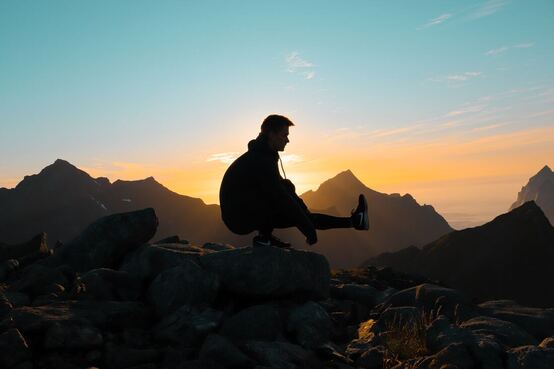|
Strength training is an incredibly beneficial method of training for hikers and trekkers. But for many, the gym environment is either undesirable or inconvenient. But that doesn't mean you still can't get yourself stronger! Bodyweight training can be an very effective way of improving strength. However, this goes beyond just doing a hundred squats and lunges every other day and thinking it is getting you 'stronger'. Here are four different body weight exercises, which when put into a structured plan, can be very effective for strength development for hikers trekkers. Four Strength Exercises To Get You |
AuthorRowan is a personal trainer who specialises in training for hiking, trekkers and mountaineers for their bucket list adventures. Archives
July 2024
Categories
All
|
AboutSummit Strength is a personal training for hiking service created specifically to help hikers have the best chance of a safe, enjoyable and successful adventure.
|
Company |
Services |
|
|
© COPYRIGHT 2018. ALL RIGHTS RESERVED.
|
Website Design by My Personal Trainer Website
|


 RSS Feed
RSS Feed
